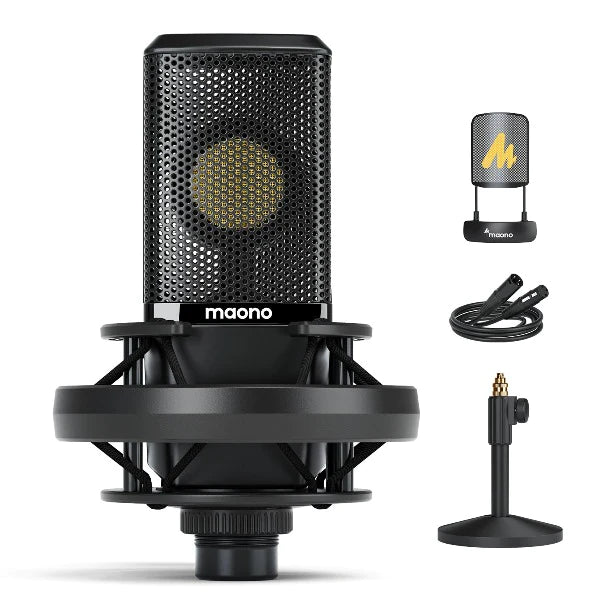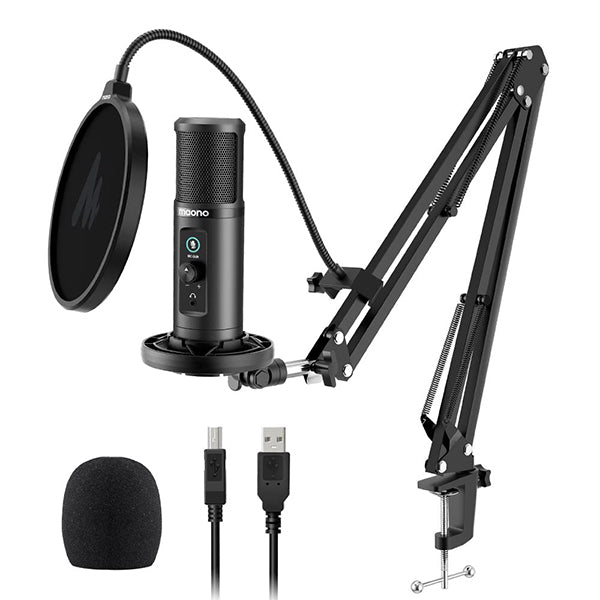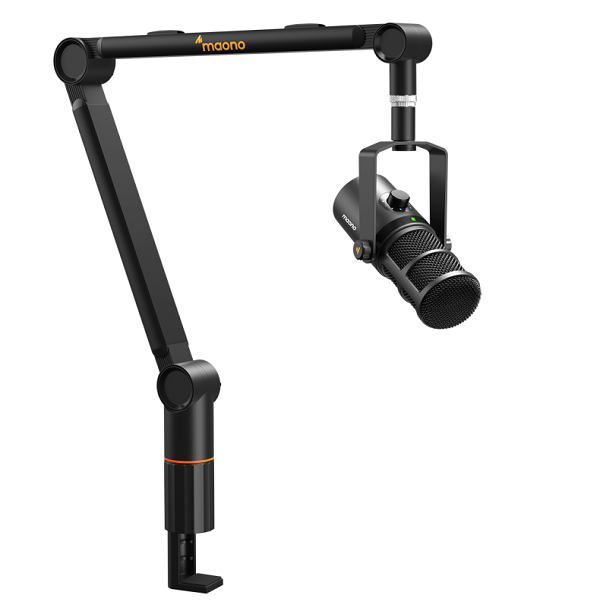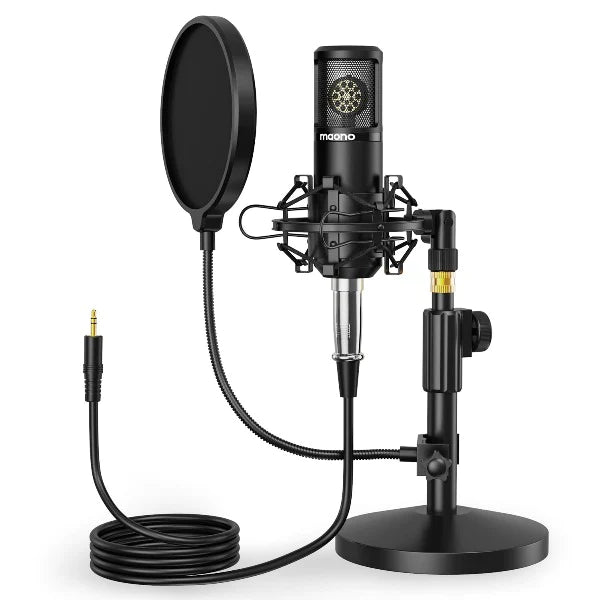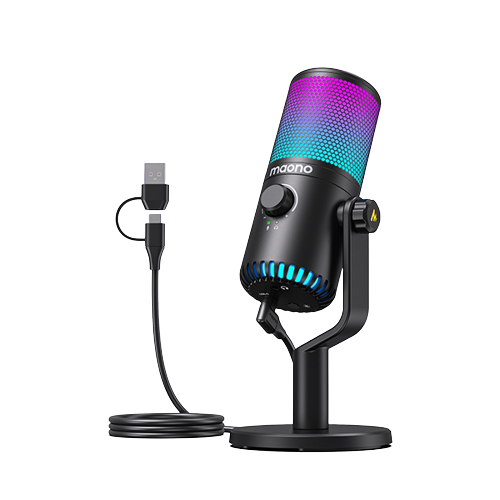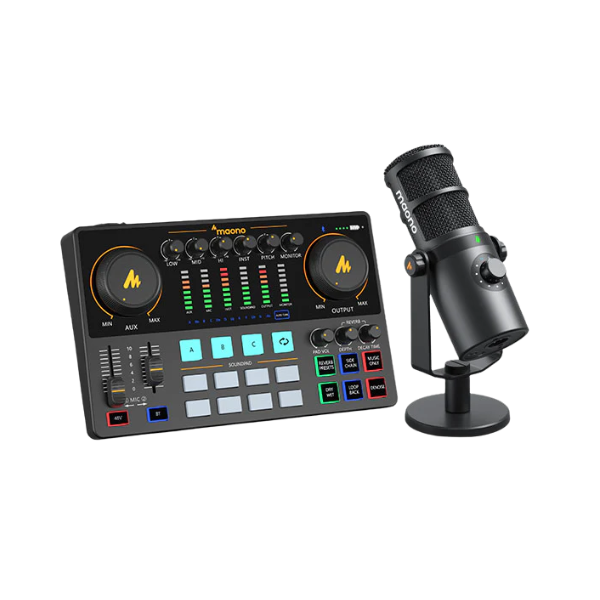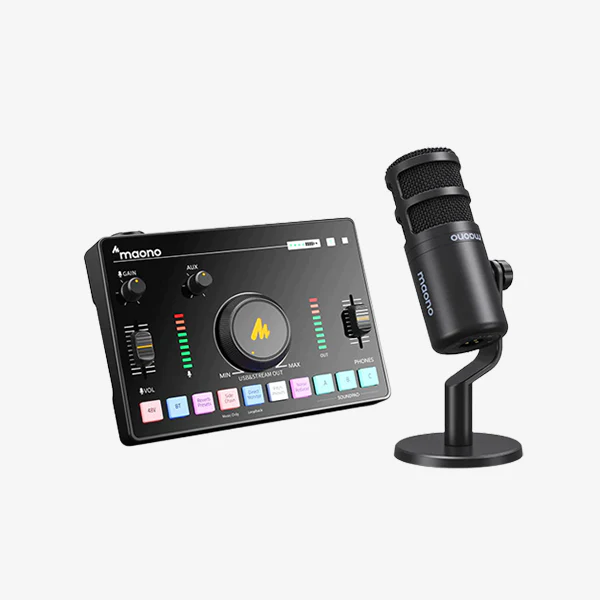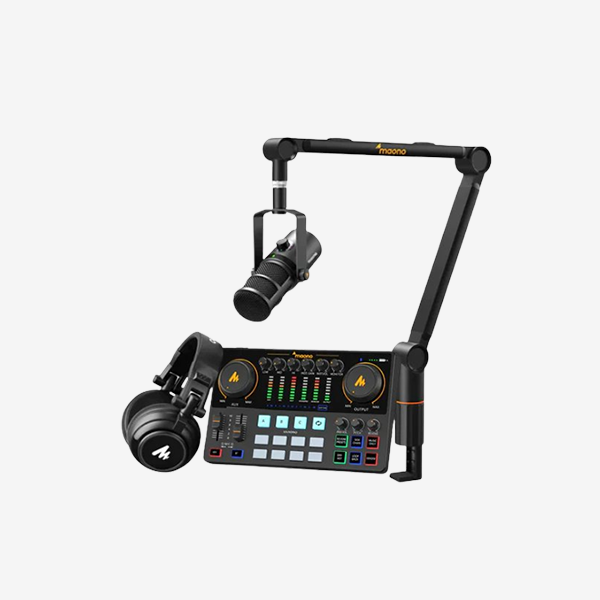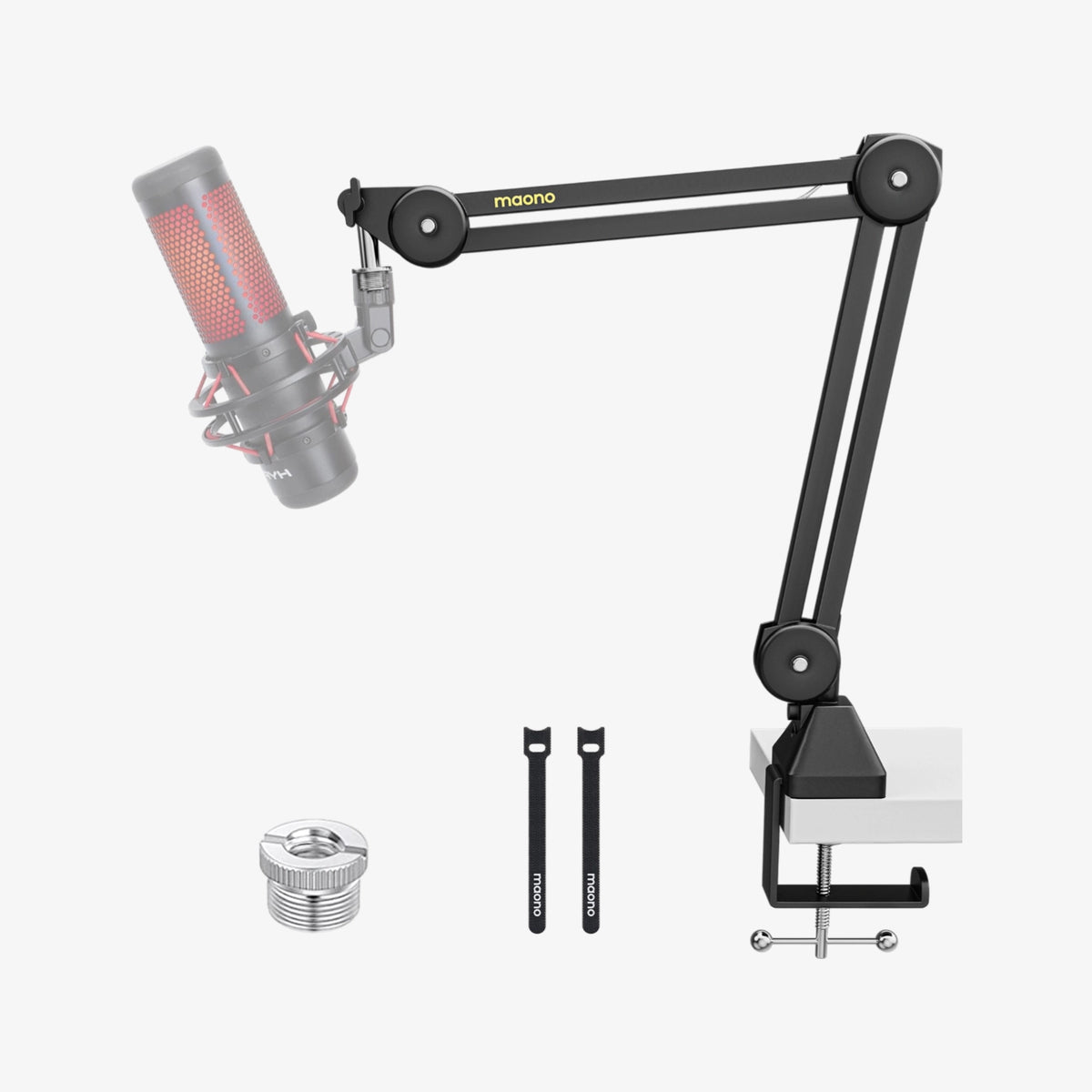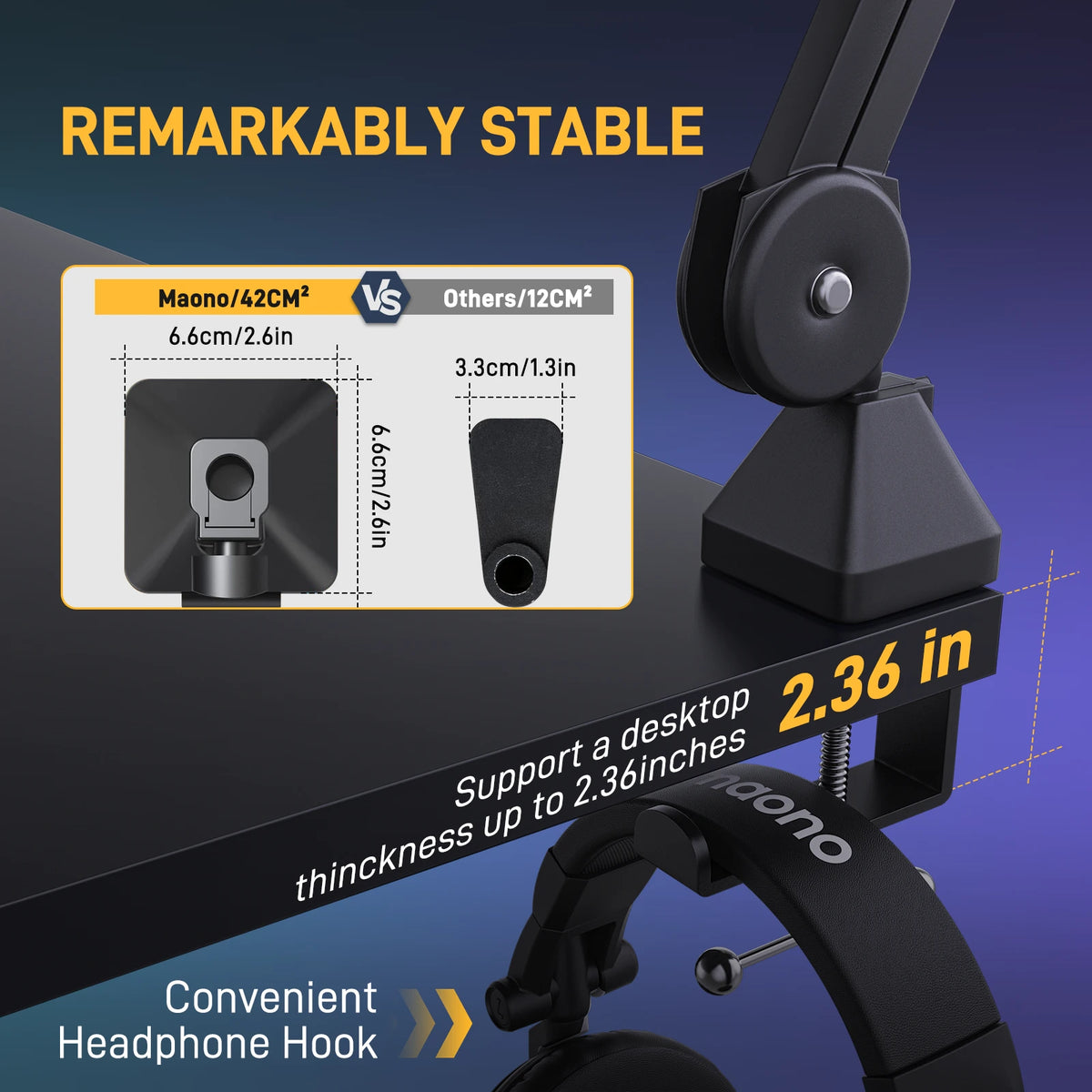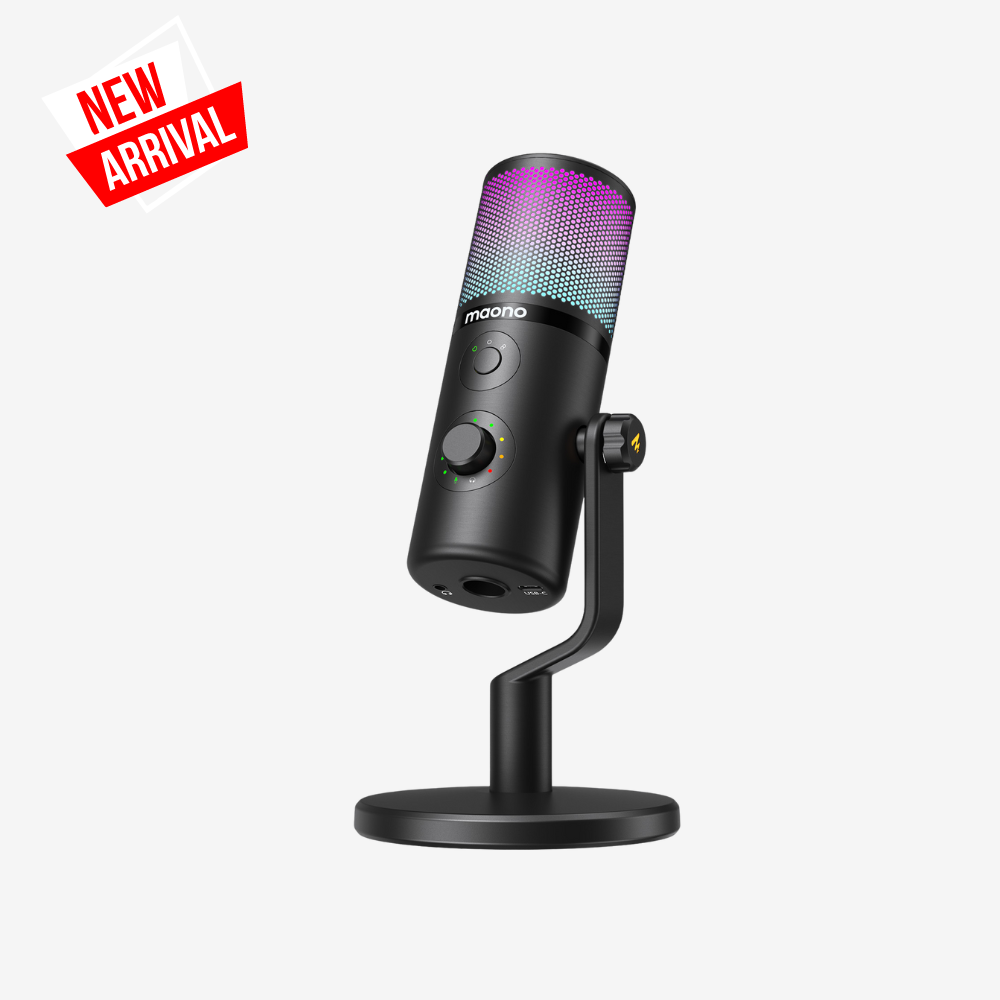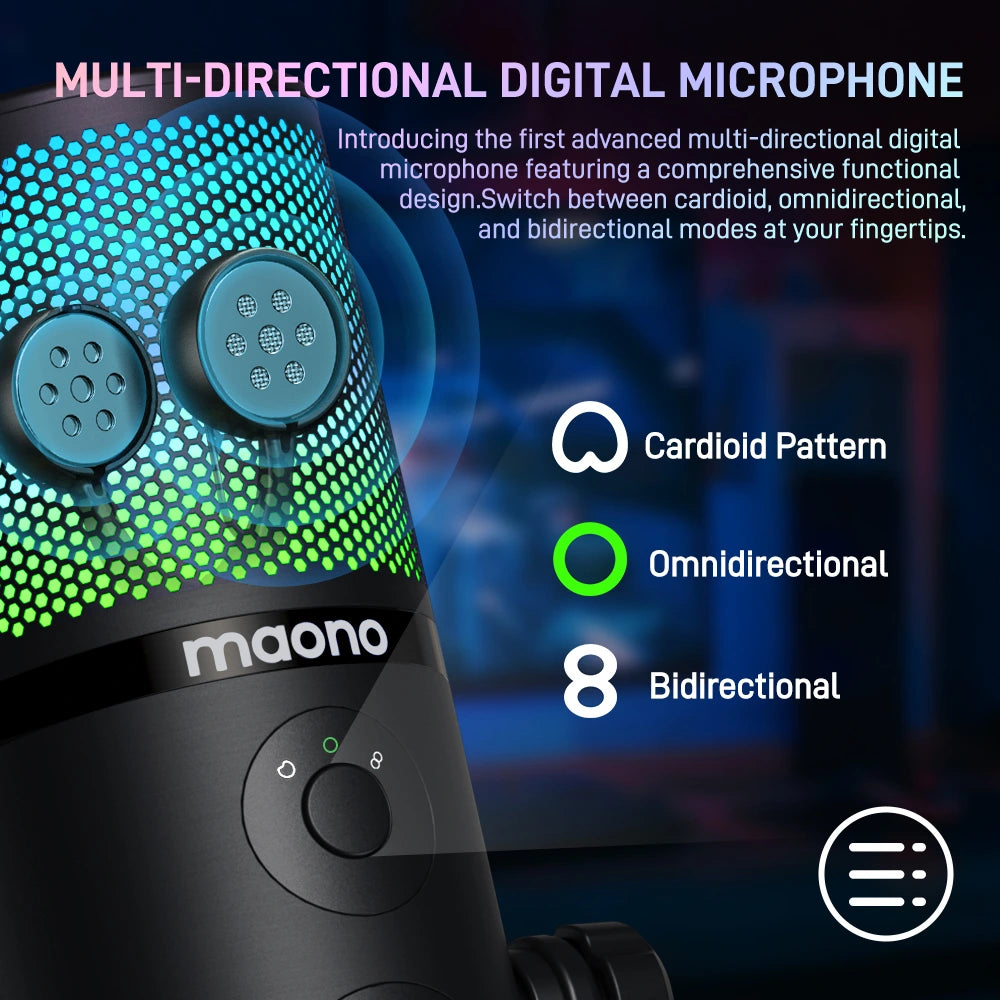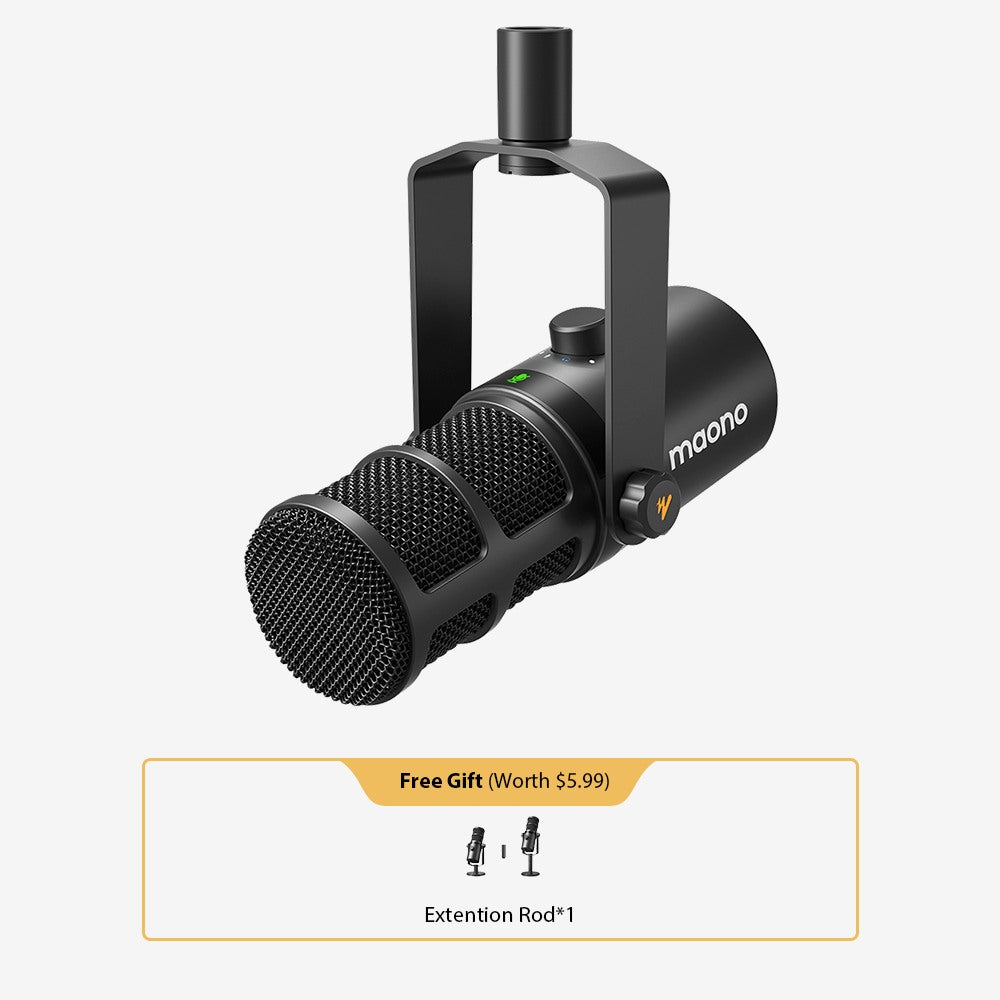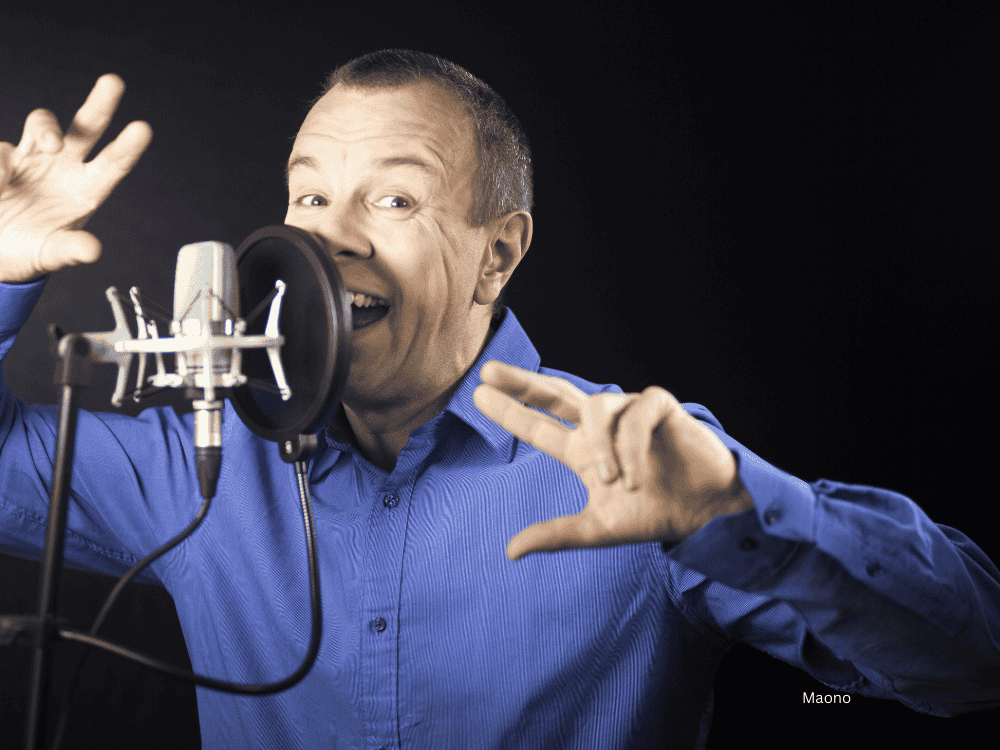We all know that if you are recording or broadcasting at home, a cardioid condenser microphone is essential, which is standard as a podcast. But now the question is coming. As a novice podcast, how do we choose the best cardioid mic? What do we need to know about microphones? Below I will share some knowledge about the microphone about the above questions, I hope it can useful for you.
First of all, let me talk about the knowledge of the polar pattern. If you are a podcast or a worker who will use the microphone, then you will have heard or understood that the microphone has both omnidirectional and unidirectional.
The working principle of directivity:
Microphone directivity is a description of the microphone's sound inspiration mode from all directions in space, and is an important attribute of the microphone. Many times, the first consideration of the choice of the microphone is its directivity, followed by other properties of the microphone. In addition to omnidirectional microphones, other directivity is based on multi-diaphragm technology. The microphone obtains sensitivity to sound in different directions by transforming the cavity settings of the microphone and mixing and modulating the sound signals received by the multi-mode film. Most microphones are single-directional,but some have the ability to switch their directivity.
Omnidirectional:
Omnidirectional has the same sensitivity for sounds from different angles. The microphone head is designed with the principle of pressure-operated, and the diaphragm only accepts pressure from the outside. However, since this omnidirectional condenser microphone usb has the same pickup effect in each direction, generally such a microphone is applied to a conference venue.

Unidirectionality:
Unidirectionality microphones are primarily designed using the principle of Pressure Gradient. Through the small hole behind the microphone cavity, the diaphragm receives the pressure on both sides. Therefore, the diaphragm is not subjected to different pressures in different directions, and the condenser microphone usb has directivity. The single-directional microphones mainly have the following categories:
Cardioid:
Cardioid has the best sound for sound from the front of the microphone, while sound from other directions is attenuated. For example, the Maono A04 is a typical cardioid condenser microphone, which is very good for the front radio, especially suitable for indoor live games.

Why Choose the Best Cardioid Mic for Budget Recording?
Cardioid microphones are often considered superior for specific scenarios due to their directional polar pattern, which captures sound primarily from the front while rejecting noise from the sides and rear. Here's how various factors make them stand out:
- Polar Pattern Benefits
- The cardioid pattern minimizes background noise and reduces room echo, making it ideal for recording in untreated spaces.
- It's perfect for solo recordings like podcasts, vocals, and streaming, ensuring clarity and focus on the main sound source.
- Frequency Response
- Cardioid mics often have tailored frequency responses designed to enhance vocal clarity or specific instruments, providing a natural and balanced sound.
- Many models include a wide frequency range to capture both high and low tones accurately, enhancing overall recording quality.
- Build Quality
- Budget cardioid mics are built to be durable yet lightweight, with metal or high-quality plastic casings that resist wear and tear.
- The compact design is convenient for home setups or portable recording needs, ensuring versatility and longevity.
- Price
- Compared to other types of microphones, budget cardioid models offer excellent value, delivering professional-quality sound without breaking the bank.
- Their affordability makes them accessible for beginners, while still being reliable for experienced users.
In scenarios requiring focus on a single sound source, such as podcasting, singing, or streaming, cardioid mics excel in balancing performance and affordability, making them a top choice for both professionals and enthusiasts.
Top 5 Best Budget Friendly Cardioid Mics
1. Maono A04
- Frequency Response: 30Hz–16kHz
- Sensitivity: -38dBA±3dBA (0dB=1V/Pa at 1kHz)
- Price: $59.99
- Overview: A versatile and budget-friendly mic ideal for podcasting, streaming, and home recording. Maono A04 comes with a shock mount, pop filter, and boom arm for a complete setup.
2. Maono PM360
-
- Frequency Response: 20Hz–20kHz
- Sensitivity: -38dB ± 3dB
- Price: $79.99

3. Audio-Technica AT2020
- Frequency Response: 20Hz–20kHz
- Sensitivity: -37dB (1V/Pa)
- Price: $99.00
- Overview: A studio-grade microphone that delivers exceptional sound clarity, making it a top pick for vocal recording and instruments. Its durable build ensures long-term reliability.
4. Samson C01
- Frequency Response: 20Hz–18kHz
- Sensitivity: -33dB (1V/Pa)
- Price: $79.99
- Overview: Known for its accurate sound reproduction, the Samson C01 is a great choice for vocals and acoustic instruments, offering a solid build at an affordable price.
5. Behringer C-1
- Frequency Response: 40Hz–20kHz
- Sensitivity: -33dB ± 2dB (1V/Pa)
- Price: $59.00
- Overview: A budget-friendly condenser microphone with a rugged design, suitable for home studios and podcasting. Its cardioid pattern effectively reduces background noise.
These microphones provide excellent audio quality without exceeding budget limits, making them ideal for creators, streamers, and musicians.
Hyper-cardioid:
Compared to cardioid pointing, the hyper-cardioid offsets more of the sound from the side of the microphone. This microphone is more used for multi-track recording of indoor music, which can reduce the sound of other nearby instruments. It is also often used in live sound reinforcement, which reduces the risk of many recycled sounds.We learned about the directivity of the condenser microphone USB. Let's take a look at the microphone classification. We all know that microphones can be divided into different types according to different purposes and functions. Below I mainly talk about condenser microphone.
The working principle of condenser microphone:
The humming principle of a condenser microphone is to use a very thin gold-plated film, which is a pole of the capacitor, separated by a few tenths of a millimeter, and has another fixed electrode, thus forming a capacitor of several P-farads, which is caused by the vibration of the film. The capacitance of the capacitor changes to form an electrical signal. Since this capacitor has only a few P-farads, its internal resistance is extremely high, reaching the level of G Ω. So a circuit is needed to convert this G Ω impedance into a common impedance of about 600 Ω.
This circuit, also called a "preamplifier circuit", is usually integrated inside the condenser microphone and requires "phantom power" to power the circuit. It is the existence of this pre- amplification circuit, so the condenser microphone must be powered by phantom power to work properly. The condenser microphone + phantom power is generally very sensitive, much more sensitive than the commonly used dynamic microphone.
Condenser microphone features:
Unlike the dynamic microphone, the sensitivity of the condenser cardioid microphone is extremely high,and the pickup effect is very good, which can capture every subtle sound. Therefore, this type of condenser microphone is generally used in recording studios or home recording.
Final Thoughts
Through this article, I hope that you can easily understand some basic knowledge about the microphone, so that you can choose the best cardiod mic that suits you when you choose a microphone.
Also Read:
Cardioid Microphone Polar Pattern: A Guide to Selecting the Right Mic






















